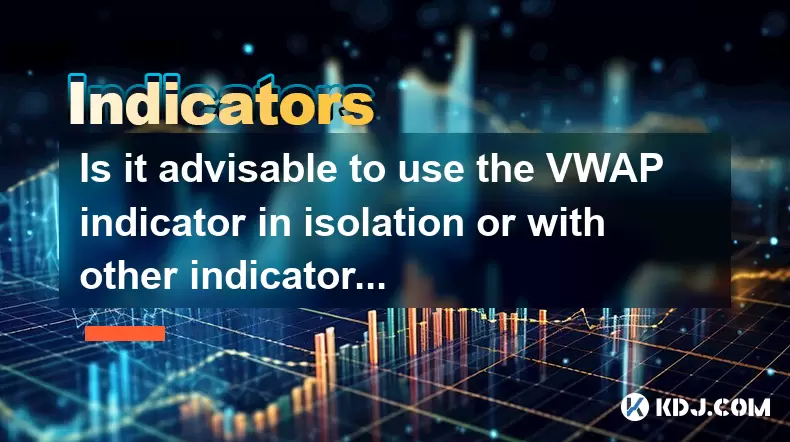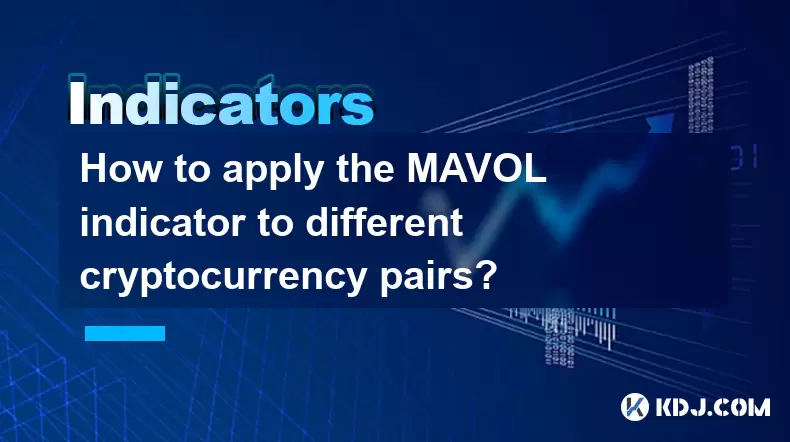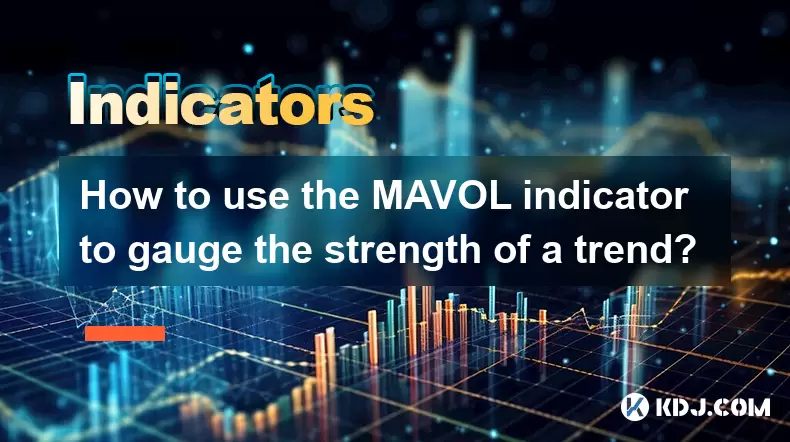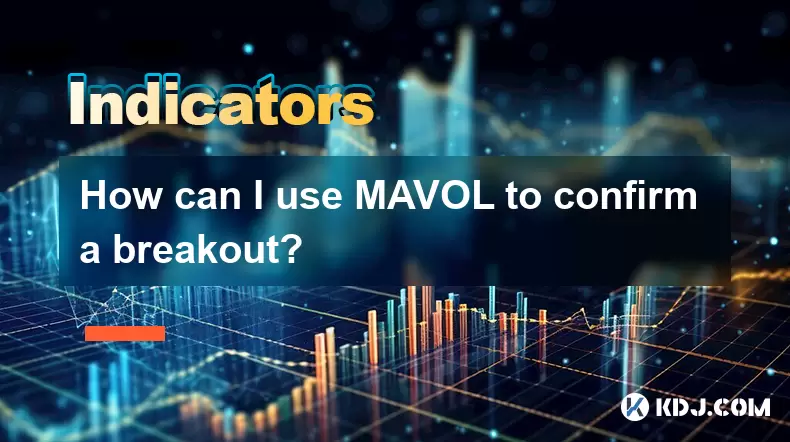-
 Bitcoin
Bitcoin $118400
0.47% -
 Ethereum
Ethereum $3836
2.20% -
 XRP
XRP $3.157
2.98% -
 Tether USDt
Tether USDt $0.9999
-0.03% -
 BNB
BNB $801.5
1.31% -
 Solana
Solana $180.9
2.07% -
 USDC
USDC $0.9999
-0.02% -
 Dogecoin
Dogecoin $0.2225
2.50% -
 TRON
TRON $0.3285
-1.02% -
 Cardano
Cardano $0.7789
2.60% -
 Hyperliquid
Hyperliquid $43.60
2.39% -
 Sui
Sui $3.892
4.41% -
 Stellar
Stellar $0.4229
3.34% -
 Chainlink
Chainlink $18.01
3.98% -
 Hedera
Hedera $0.2745
6.77% -
 Bitcoin Cash
Bitcoin Cash $582.3
3.38% -
 Avalanche
Avalanche $23.77
1.04% -
 Ethena USDe
Ethena USDe $1.001
0.01% -
 Toncoin
Toncoin $3.493
3.59% -
 Litecoin
Litecoin $110.0
2.48% -
 UNUS SED LEO
UNUS SED LEO $8.936
-0.37% -
 Shiba Inu
Shiba Inu $0.00001304
2.49% -
 Uniswap
Uniswap $9.999
1.09% -
 Polkadot
Polkadot $3.897
3.26% -
 Monero
Monero $308.6
-0.83% -
 Dai
Dai $0.9999
-0.01% -
 Bitget Token
Bitget Token $4.504
-0.04% -
 Pepe
Pepe $0.00001154
2.95% -
 Cronos
Cronos $0.1471
3.06% -
 Ethena
Ethena $0.6691
19.53%
Is it advisable to use the VWAP indicator in isolation or with other indicators?
VWAP combines price and volume to gauge market sentiment, but works best when paired with momentum indicators, support/resistance, or volume profile for reliable crypto trading signals.
Jul 31, 2025 at 06:48 am

Understanding the VWAP Indicator and Its Core Functionality
The Volume Weighted Average Price (VWAP) is a widely used technical analysis tool in the cryptocurrency trading community. It calculates the average price of an asset based on both volume and price over a specified time period. Unlike a simple moving average, VWAP gives more weight to periods with higher trading volume, making it a more accurate reflection of true market sentiment during that timeframe. The formula for VWAP is the cumulative sum of price multiplied by volume divided by the cumulative sum of volume. This results in a dynamic line that adjusts throughout the trading session.
Traders use VWAP to determine whether they are buying or selling at a favorable price relative to the average market transaction. When the current price is above the VWAP, it suggests that the asset is trading at a premium, indicating potential bullish momentum. Conversely, when the price is below the VWAP, it may signal bearish pressure or a discount to the average transaction cost. This makes VWAP particularly useful for intraday traders who aim to align their entries and exits with the dominant market flow.
Limitations of Using VWAP in Isolation
While VWAP provides valuable insights into price and volume dynamics, relying on it in isolation can lead to misleading interpretations. One major drawback is that VWAP is inherently retrospective—it reflects past trading activity and does not predict future price movements. This means that in fast-moving crypto markets, especially during high volatility events such as news releases or macroeconomic announcements, the VWAP line may lag significantly behind real-time price action.
Another limitation is that VWAP resets at the beginning of each trading session. In the 24/7 cryptocurrency market, this poses a challenge because there is no natural market close like in traditional stock exchanges. As a result, many platforms apply VWAP over rolling periods (e.g., 24 hours), but this can distort the indicator’s accuracy. Additionally, VWAP does not account for market structure shifts, such as breakouts or trend reversals, unless combined with tools that identify support, resistance, or momentum.
Combining VWAP with Momentum Indicators
To enhance the reliability of VWAP signals, traders often pair it with momentum-based indicators. The Relative Strength Index (RSI) is a popular choice. When the price is above VWAP and the RSI is above 50 (preferably rising from oversold conditions), it strengthens the case for a long position. Conversely, if the price is below VWAP and RSI is below 50 and falling, it supports a bearish bias.
Another effective pairing is with the Moving Average Convergence Divergence (MACD). A bullish MACD crossover occurring while price trades above VWAP increases the probability of a sustained upward move. To set this up:
- Open your trading platform (e.g., TradingView or Binance).
- Apply the VWAP indicator from the studies menu.
- Add the MACD indicator using default settings (12, 26, 9).
- Observe for alignment: price above VWAP, MACD histogram turning positive, and signal line crossover.
- Confirm with volume spikes to validate the move.
This multi-layered confirmation helps filter out false signals that might occur when using VWAP alone.
Using VWAP with Support and Resistance Levels
Integrating VWAP with static or dynamic support and resistance levels can significantly improve trade accuracy. For instance, if the price approaches a known resistance level and simultaneously tests the VWAP from below without breaking it, this may indicate a failed breakout and a potential reversal. On the flip side, a breakout above resistance with price holding above VWAP and increasing volume suggests a strong bullish continuation.
To implement this strategy:
- Identify key horizontal support and resistance zones using prior swing highs and lows.
- Overlay the VWAP line on the same chart.
- Watch for price reactions near these zones in conjunction with VWAP position.
- Use candlestick patterns (e.g., bullish engulfing, pin bars) near VWAP and support/resistance for entry confirmation.
- Set stop-loss orders just below support (for longs) or above resistance (for shorts), depending on the trade direction.
This approach leverages both volume-weighted pricing and market psychology reflected in price barriers.
Incorporating Volume Profile with VWAP
A powerful enhancement to VWAP analysis is the addition of Volume Profile, which displays traded volume at specific price levels rather than over time. When used together, traders can identify high-volume nodes (HVN) and low-volume nodes (LVN). If the current price is near a HVN and also close to the VWAP, it indicates a zone of strong consensus and potential equilibrium.
To configure this setup:
- Enable Volume Profile on your charting tool.
- Select a session or range that aligns with your trading horizon (e.g., 24-hour profile).
- Look for the Point of Control (POC), which is the price with the highest traded volume.
- Compare the POC to the current VWAP value.
- If VWAP and POC are converging, the market is balanced.
- If VWAP is significantly above or below POC, it may suggest directional bias.
This combination allows traders to assess whether price movement is supported by substantial volume at key levels, reducing the risk of trading in low-liquidity zones.
Frequently Asked Questions
Can VWAP be used effectively on lower timeframes like 5-minute charts in crypto trading?
Yes, VWAP is commonly used on lower timeframes, especially by scalpers and day traders. However, due to increased noise and volatility on short intervals, it is advisable to combine VWAP with a volatility filter such as Bollinger Bands or ATR (Average True Range). This helps distinguish between genuine breakouts and false moves.
Is VWAP suitable for all cryptocurrencies, or does it work better on certain assets?
VWAP performs best on highly liquid cryptocurrencies such as Bitcoin (BTC) and Ethereum (ETH), where volume data is reliable and consistent. On low-cap altcoins with erratic volume, VWAP can produce misleading signals due to thin order books and pump-and-dump activity.
How do I adjust VWAP for the 24/7 nature of crypto markets?
Most charting platforms allow customization of the VWAP session. Set the session to "24-hour" or "rolling" instead of the default trading day. This ensures the calculation continuously updates without resetting arbitrarily, providing a more coherent view of volume-weighted pricing.
What should I do if the price crosses VWAP but volume is low?
A VWAP cross on low volume is typically a weak signal. It may indicate a lack of conviction from market participants. In such cases, avoid entering trades based solely on the crossover. Wait for volume confirmation—a surge in buying or selling pressure—before considering a position.
Disclaimer:info@kdj.com
The information provided is not trading advice. kdj.com does not assume any responsibility for any investments made based on the information provided in this article. Cryptocurrencies are highly volatile and it is highly recommended that you invest with caution after thorough research!
If you believe that the content used on this website infringes your copyright, please contact us immediately (info@kdj.com) and we will delete it promptly.
- Dogecoin to the Moon? Analyzing the Potential for a New All-Time High
- 2025-08-01 00:32:48
- Silver, Gold, and Finish: Spotting the Trends in Precious Metals
- 2025-08-01 00:32:48
- Ozak AI: Can This Underdog Crypto Achieve a Bull Run to $1?
- 2025-07-31 22:30:12
- Coinbase Breach: Navigating Insider Risk and Bolstering Security
- 2025-07-31 23:11:55
- Bitcoin Rebounds, WeWake Presale Gains Traction: What's the Buzz?
- 2025-07-31 22:30:12
- Bitcoin, Altcoins, and Volume Watchlists: Decoding the Crypto Landscape
- 2025-07-31 23:11:55
Related knowledge

What is a MACD crossover?
Jul 31,2025 at 11:52pm
Understanding the Role of Private Keys in Cryptocurrency SecurityIn the world of cryptocurrency, private keys are the cornerstone of ownership and con...

How can you use the MACD histogram to determine trend strength?
Jul 31,2025 at 11:10pm
Understanding the MACD Histogram and Its ComponentsThe MACD (Moving Average Convergence Divergence) histogram is a visual representation of the differ...

How to apply the MAVOL indicator to different cryptocurrency pairs?
Aug 01,2025 at 12:43am
Understanding the MAVOL Indicator in Cryptocurrency TradingThe MAVOL indicator, short for Moving Average Volume, is a technical analysis tool that app...

How to use the MAVOL indicator to gauge the strength of a trend?
Jul 31,2025 at 09:57pm
Understanding the MAVOL Indicator in Cryptocurrency TradingThe MAVOL indicator, short for Moving Average of Volume, is a technical analysis tool widel...

How do you set up MAVOL alerts for specific cryptocurrencies?
Aug 01,2025 at 12:23am
Understanding MAVOL and Its Role in Cryptocurrency AnalysisMAVOL, or Moving Average Volume, is a technical indicator used to analyze the average tradi...

How can I use MAVOL to confirm a breakout?
Jul 31,2025 at 11:38pm
Understanding MAVOL and Its Role in Technical AnalysisMAVOL, short for Moving Average of Volume, is a technical indicator that calculates the average ...

What is a MACD crossover?
Jul 31,2025 at 11:52pm
Understanding the Role of Private Keys in Cryptocurrency SecurityIn the world of cryptocurrency, private keys are the cornerstone of ownership and con...

How can you use the MACD histogram to determine trend strength?
Jul 31,2025 at 11:10pm
Understanding the MACD Histogram and Its ComponentsThe MACD (Moving Average Convergence Divergence) histogram is a visual representation of the differ...

How to apply the MAVOL indicator to different cryptocurrency pairs?
Aug 01,2025 at 12:43am
Understanding the MAVOL Indicator in Cryptocurrency TradingThe MAVOL indicator, short for Moving Average Volume, is a technical analysis tool that app...

How to use the MAVOL indicator to gauge the strength of a trend?
Jul 31,2025 at 09:57pm
Understanding the MAVOL Indicator in Cryptocurrency TradingThe MAVOL indicator, short for Moving Average of Volume, is a technical analysis tool widel...

How do you set up MAVOL alerts for specific cryptocurrencies?
Aug 01,2025 at 12:23am
Understanding MAVOL and Its Role in Cryptocurrency AnalysisMAVOL, or Moving Average Volume, is a technical indicator used to analyze the average tradi...

How can I use MAVOL to confirm a breakout?
Jul 31,2025 at 11:38pm
Understanding MAVOL and Its Role in Technical AnalysisMAVOL, short for Moving Average of Volume, is a technical indicator that calculates the average ...
See all articles

























































































